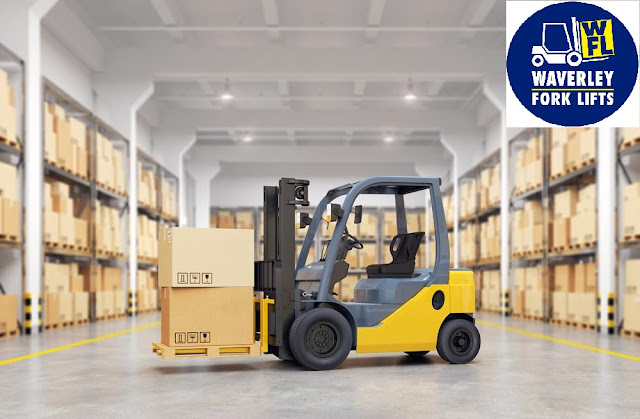Reach Truck vs. Telehandler: Which is Best for Your Material Handling Needs?
Welcome to our comprehensive guide on choosing the right equipment for your material handling needs. Whether you are an individual or a business looking for efficient solutions, understanding the differences between reach truck and telehandler is crucial for making an informed decision.
In this blog post, we will explore the key features, advantages, and considerations of these two equipment options to help you determine the best fit for your requirements.
Understanding Reach Trucks
Let's start by delving into the world of reach trucks. These specialised vehicles are designed for indoor material handling, particularly in warehouse and storage facilities. A reach truck has extendable forks that can reach elevated storage areas, making it ideal for vertical storage applications.
The basic functionalities of reach trucks include precise manoeuvring in narrow aisles, lifting and lowering palletised loads, and easily accessing high shelves. The compact design of reach trucks allows them to operate efficiently in confined spaces, maximising storage capacity within a warehouse setting.
Industries such as retail distribution, manufacturing, and logistics heavily rely on reach truck to streamline material handling operations, improve inventory management, and optimise warehouse space utilisation.
Exploring Telehandlers
Conversely, telehandlers are versatile lifting equipment that offers a combination of capabilities found in forklifts and cranes. These machines are equipped with telescopic booms that provide extended reach and height, making them suitable for a wide range of indoor and outdoor material handling applications.
Critical features of telehandler to hire include their ability to handle various attachments such as pallet forks, buckets, and lifting hooks, allowing for multi-functional use in construction, agriculture, and industrial settings. Their telescopic boom enables them to reach high elevations, making them invaluable for building construction, roof installations, and agricultural material handling.
Telehandlers outperform other equipment options in scenarios that require lifting and placing loads at significant heights or reaching over obstacles, showcasing their adaptability and unique capabilities in demanding work environments.
Comparing Reach Trucks and Telehandlers
Now, let's compare reach trucks and telehandlers based on key parameters to help you understand their strengths and limitations. When evaluating these equipment options, factors such as lift height, load capacity, manoeuvrability, and versatility play a crucial role in determining their suitability for specific material handling tasks.
Real-life scenarios will illustrate when each equipment type is more suitable for particular material handling applications, providing practical insights into their performance and efficiency in different operational environments.
Factors to Consider When Choosing Between Reach Trucks and Telehandlers
Several factors need to be considered when deciding between reach trucks and telehandlers. Considerations such as workspace constraints, layout requirements, specific material handling needs (e.g., vertical storage, outdoor usage, multi-functional capabilities), and the long-term investment value of each equipment type are essential for selecting the most suitable option.
Rental Options for Reach Trucks and Telehandlers
Renting reach trucks for short-term projects or seasonal demands offers flexibility and cost-effectiveness. It allows businesses to scale their operations based on fluctuating needs without a long-term commitment. Similarly, telehandler to hire provide construction sites and agricultural operations with access to specialised equipment for specific tasks, minimising the need for significant capital investments in purchasing machinery.
Conclusion
In conclusion, understanding the differences between reach trucks and telehandlers is vital for making an informed decision about addressing your material handling requirements. By carefully evaluating the unique features, advantages, and considerations associated with each equipment type, you can determine the best fit for your specific operational needs.
Remember that the choice between reach trucks and telehandlers should be based on thoroughly assessing your workspace constraints, material handling requirements, and long-term investment plans. Whether you opt for rentals or consider purchasing these equipment options, ensuring they align with your immediate and future needs is critical to optimising your material handling processes.
We encourage you to explore rental options for reach truck and telehandler to meet your immediate requirements. These options will provide you with the flexibility and resources needed to manage your material handling tasks efficiently.




Comments
Post a Comment